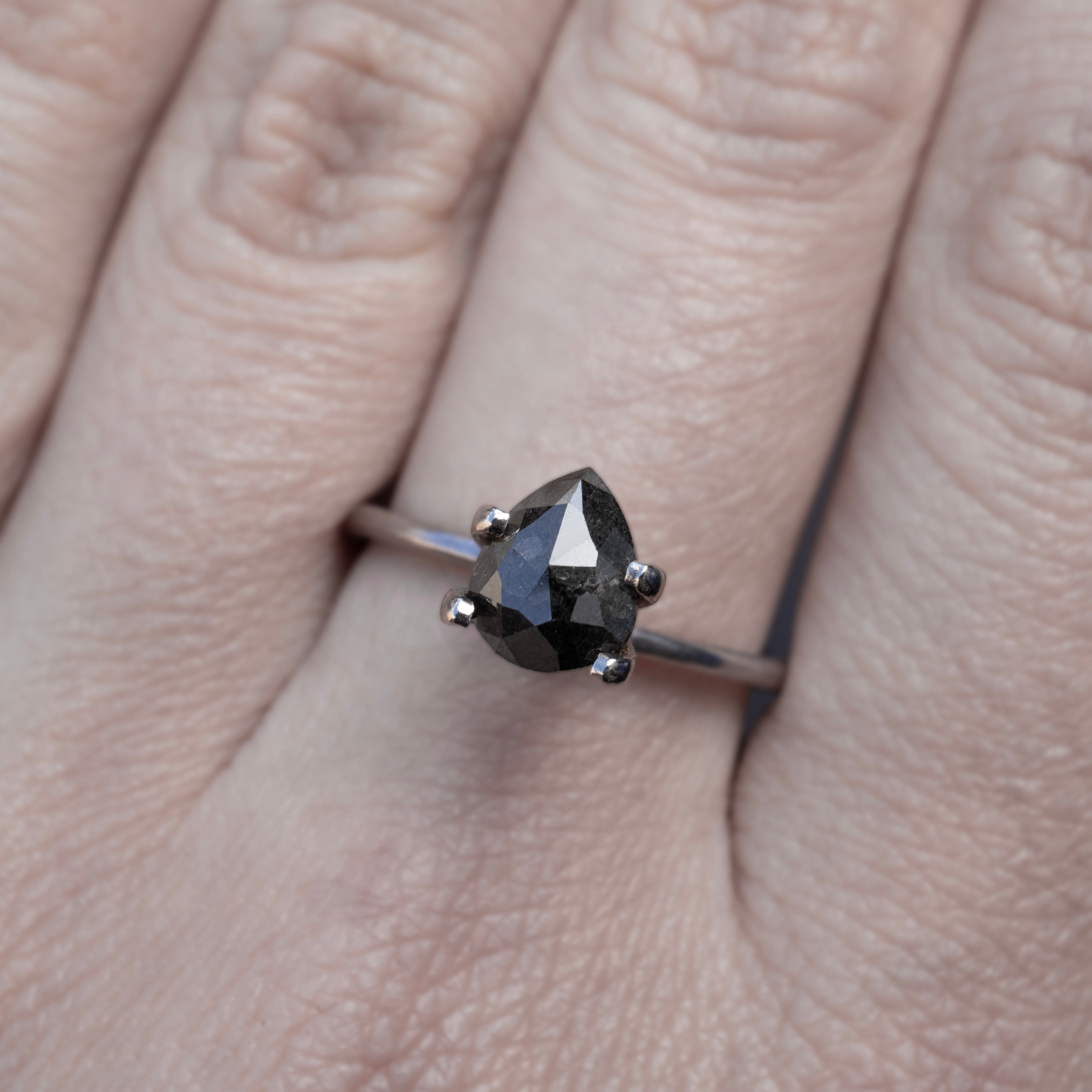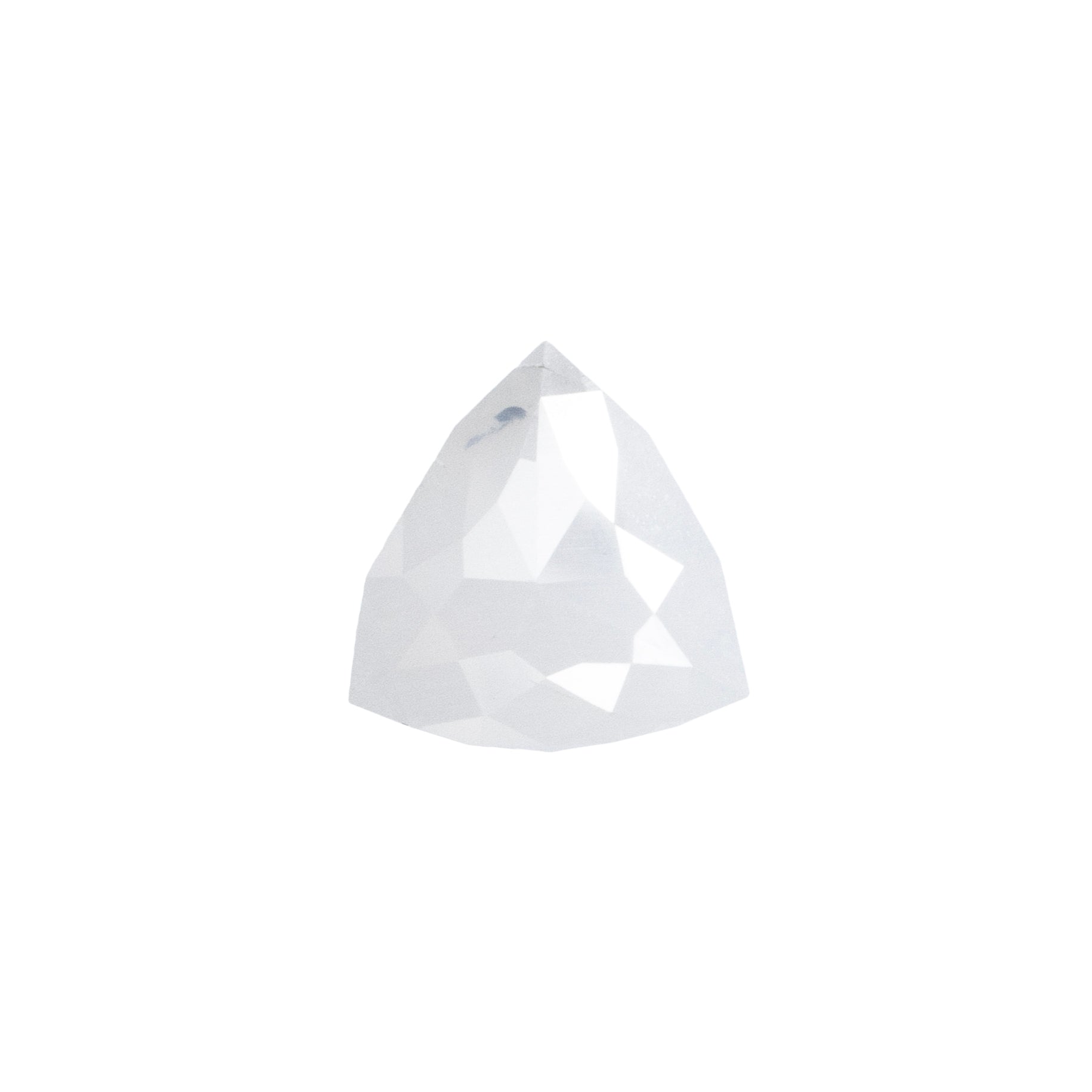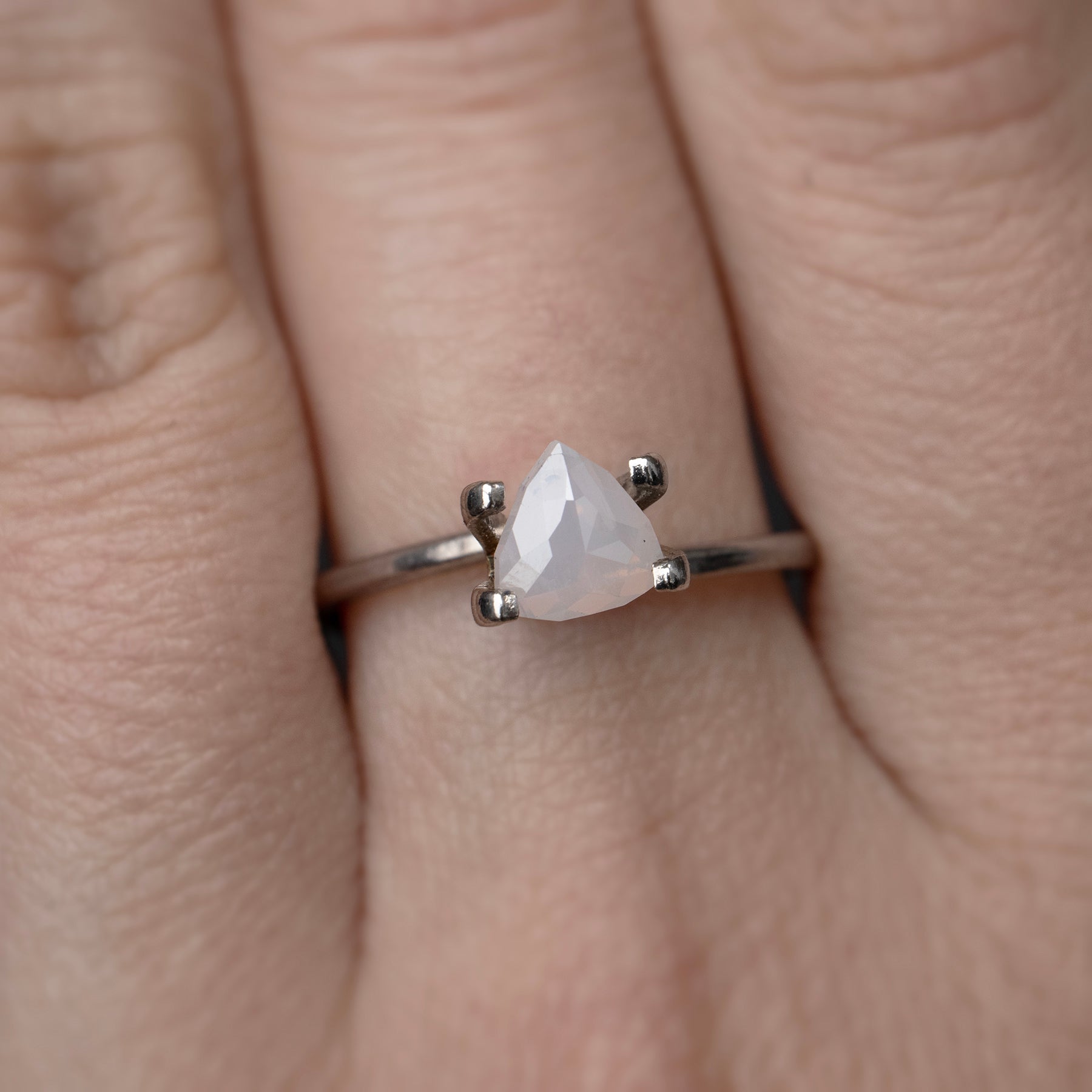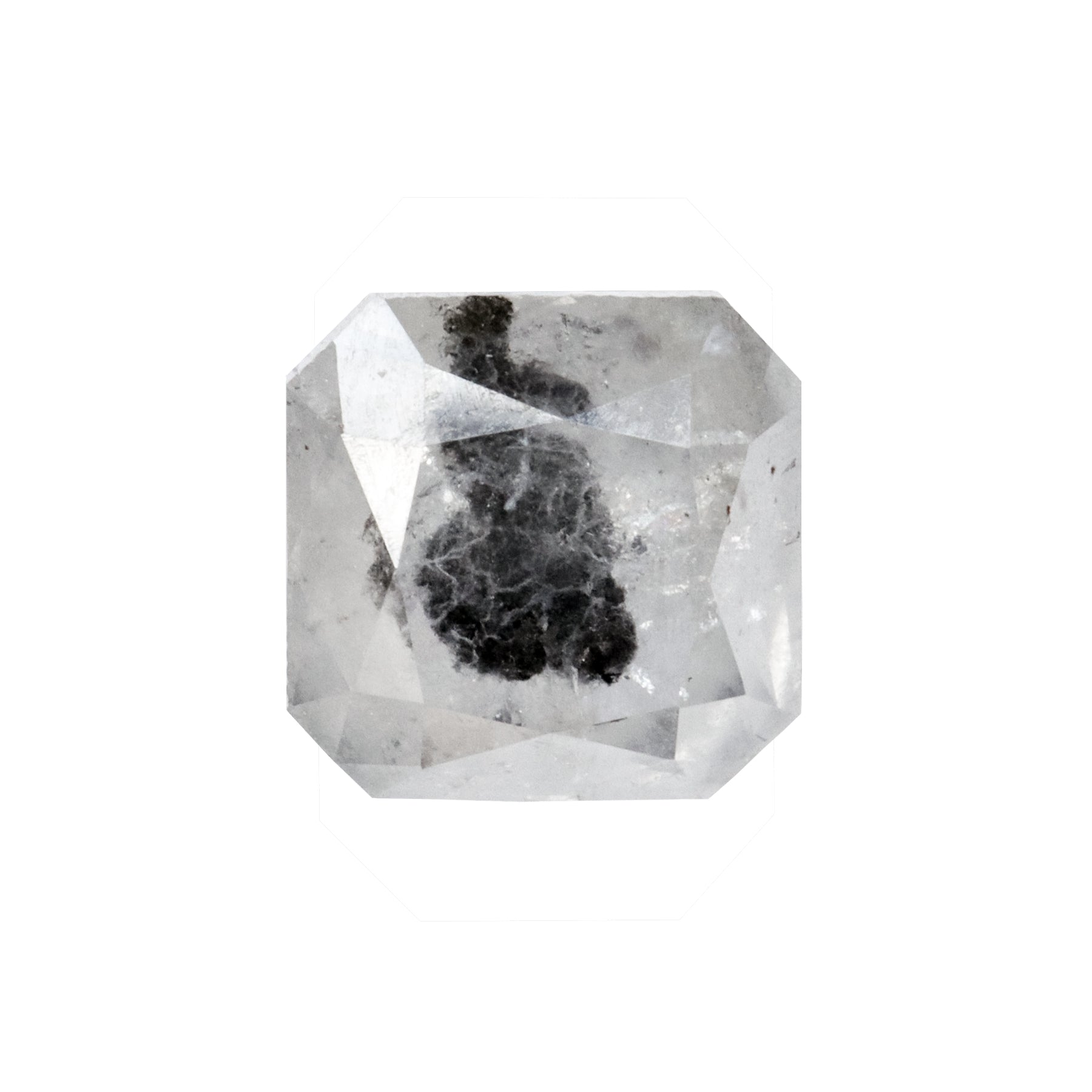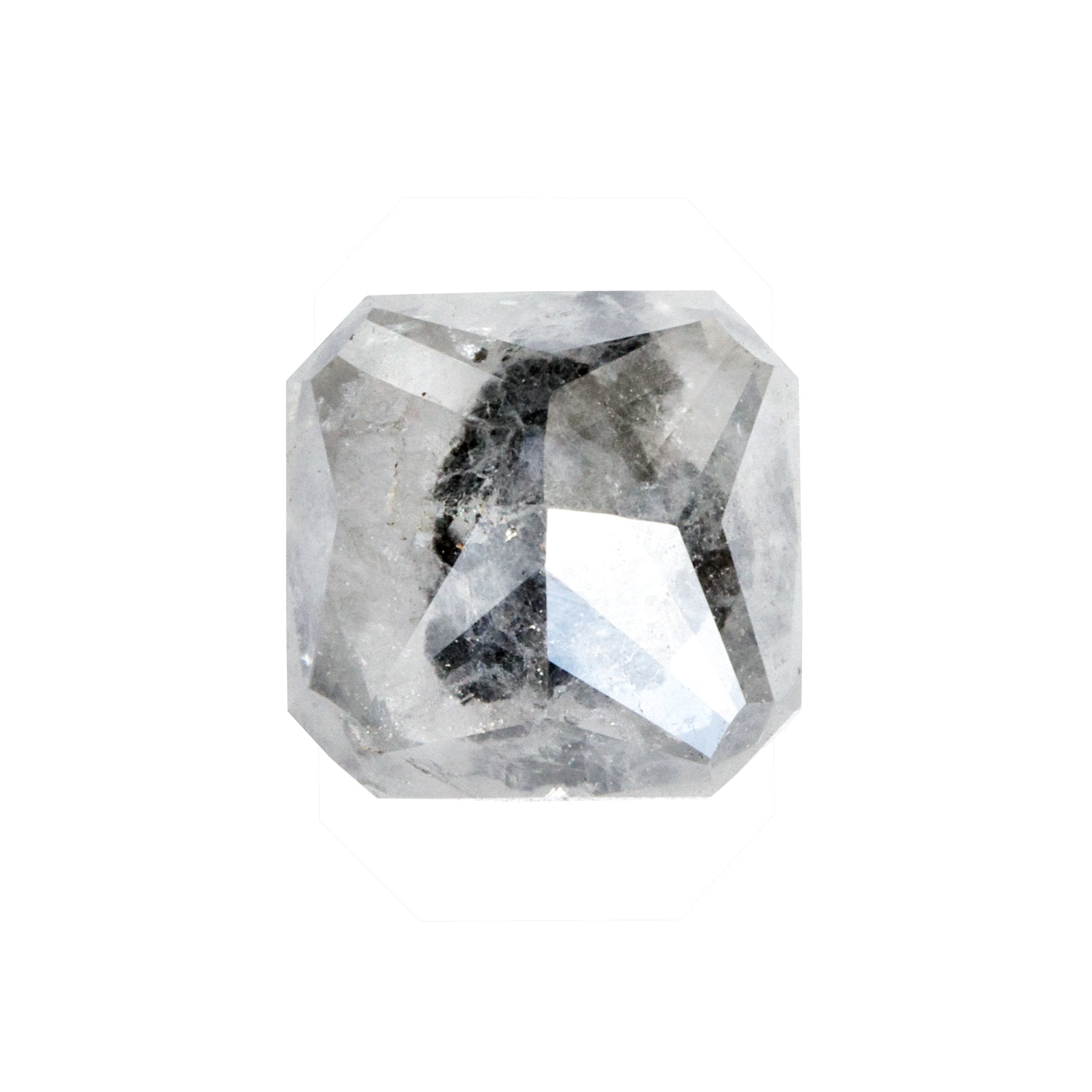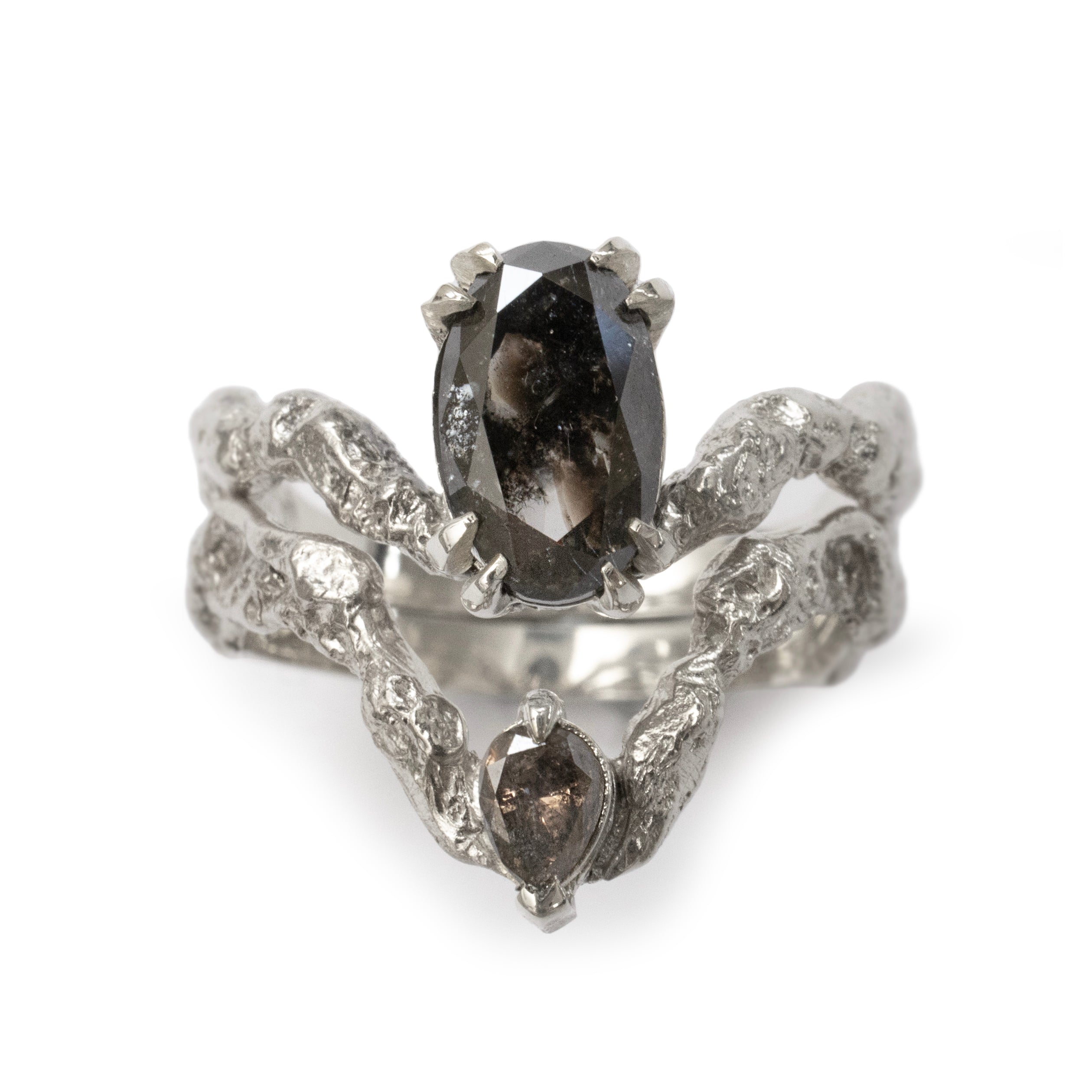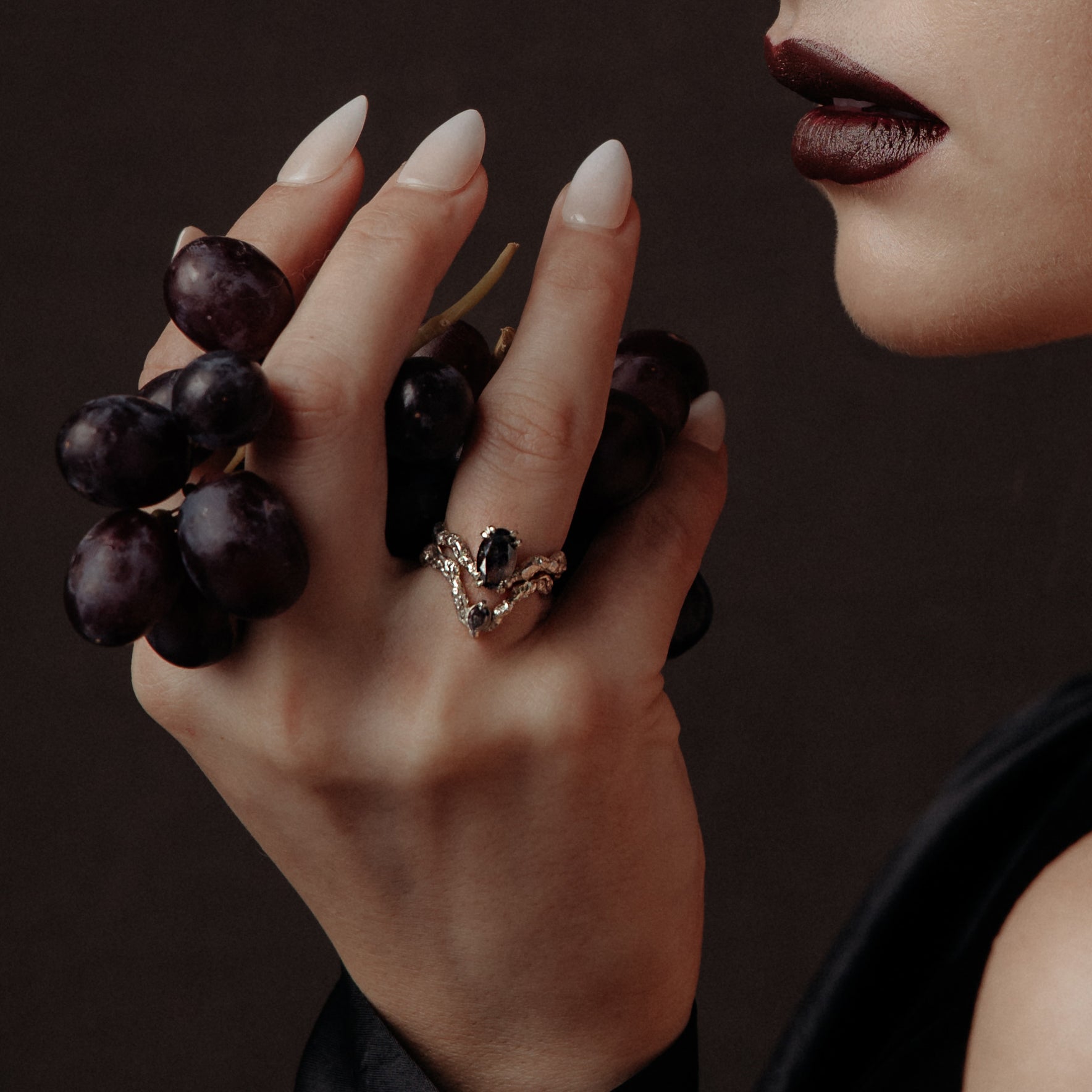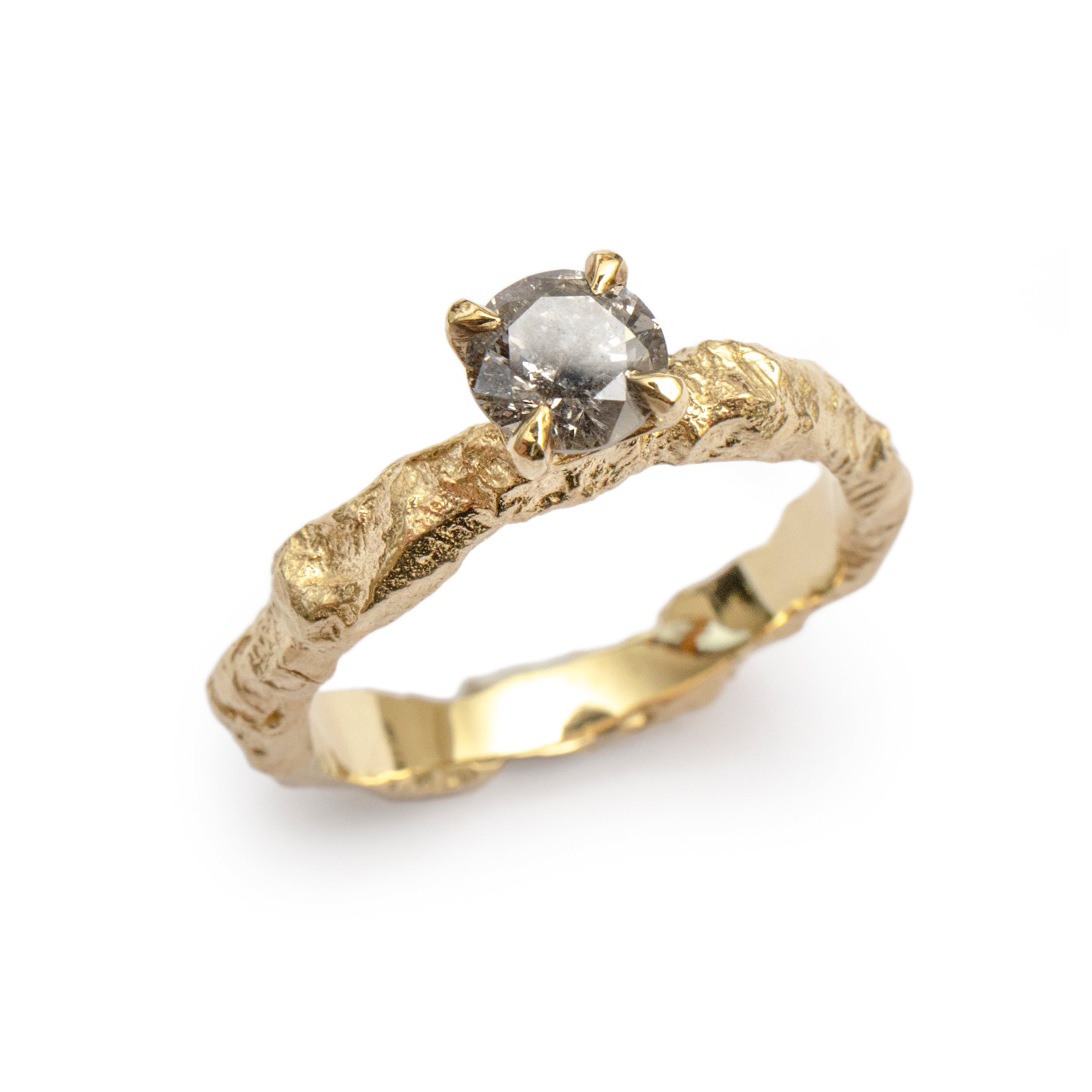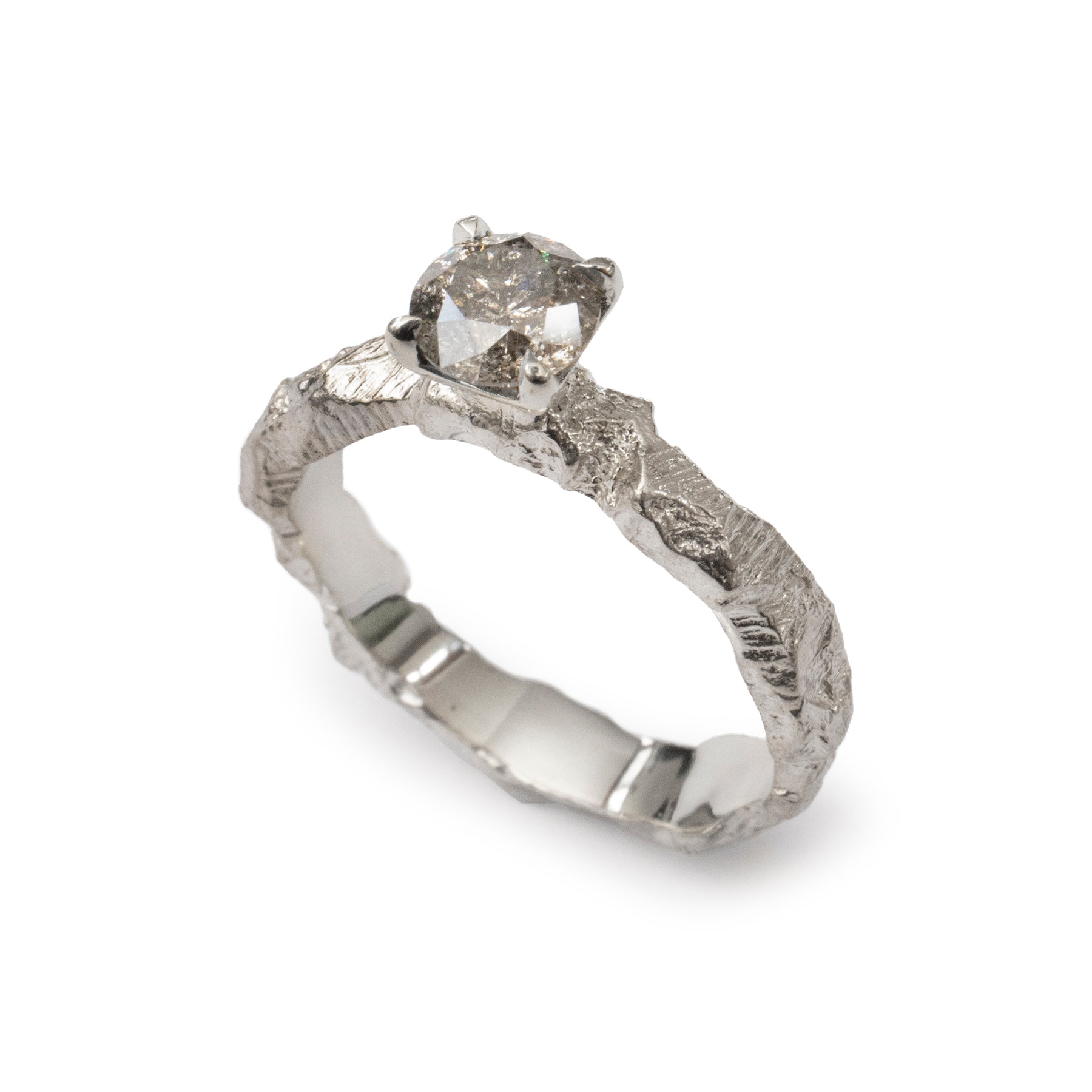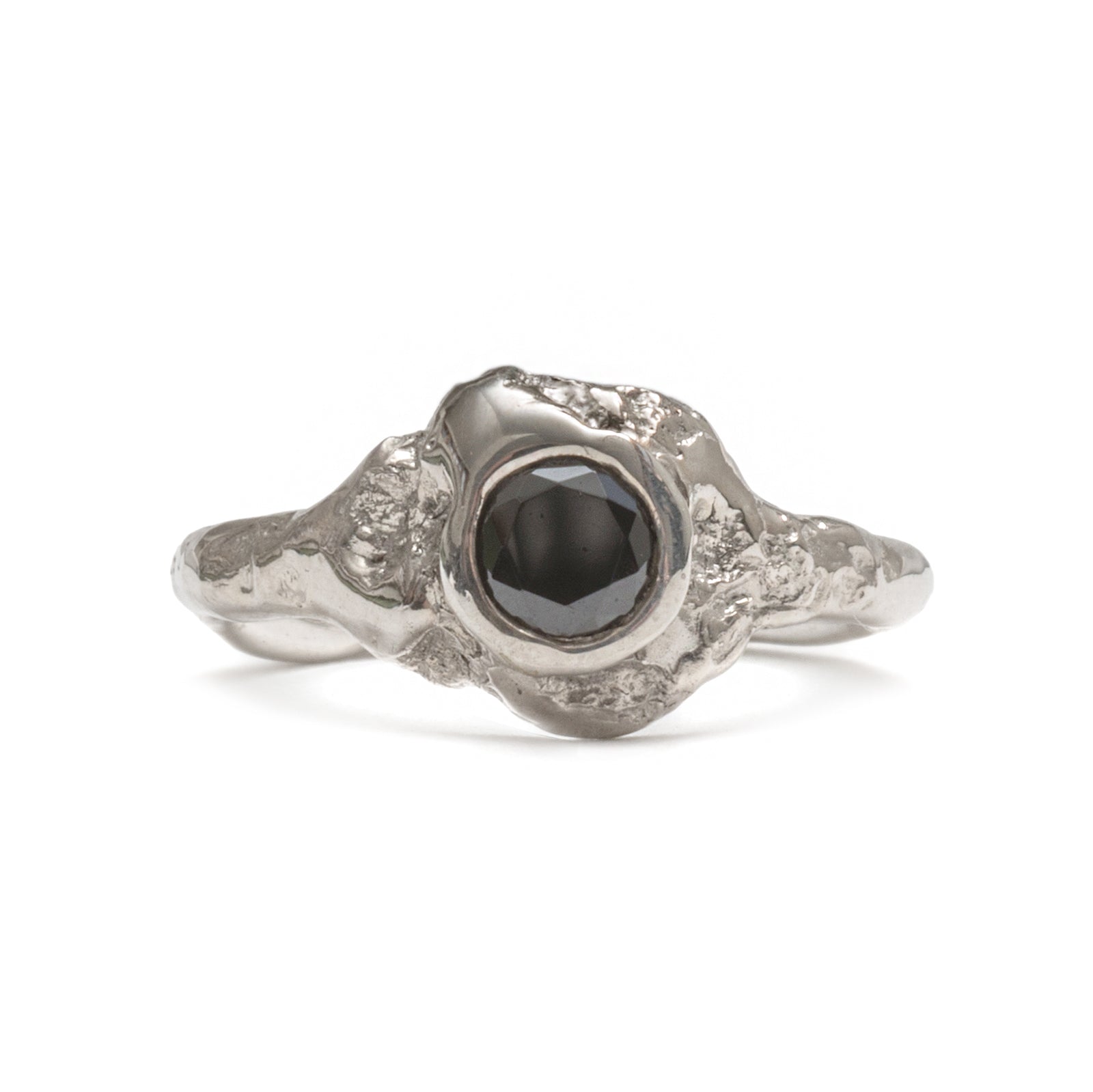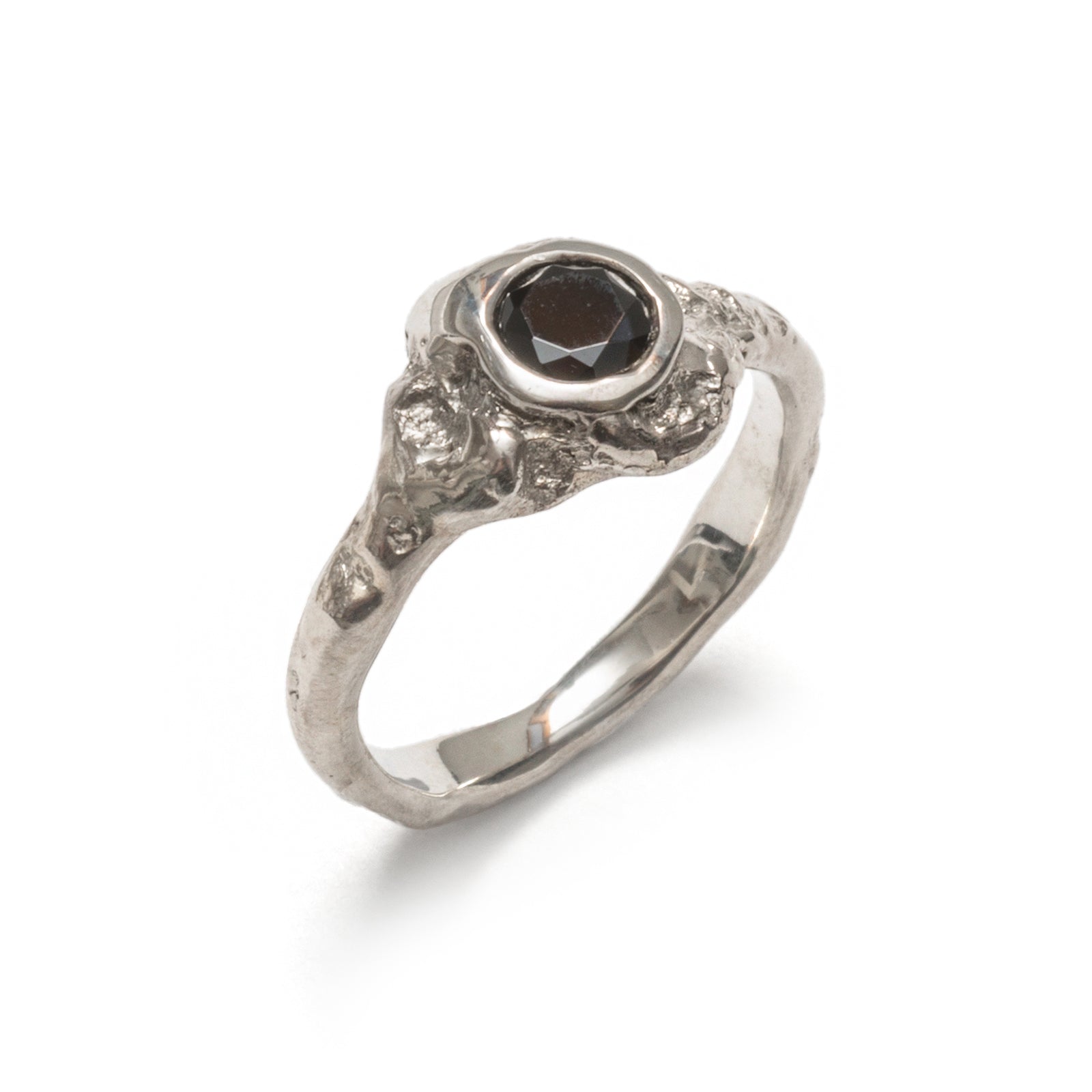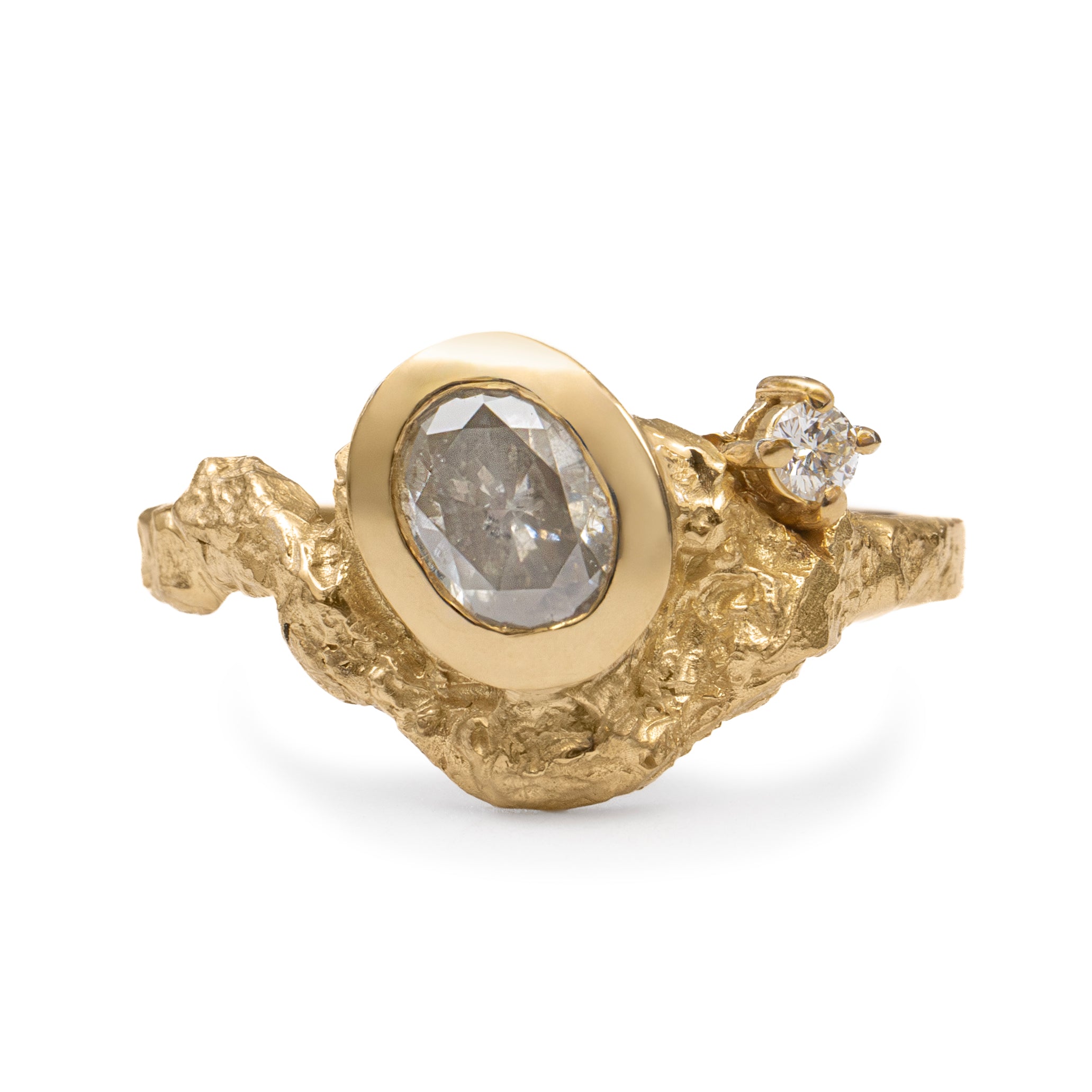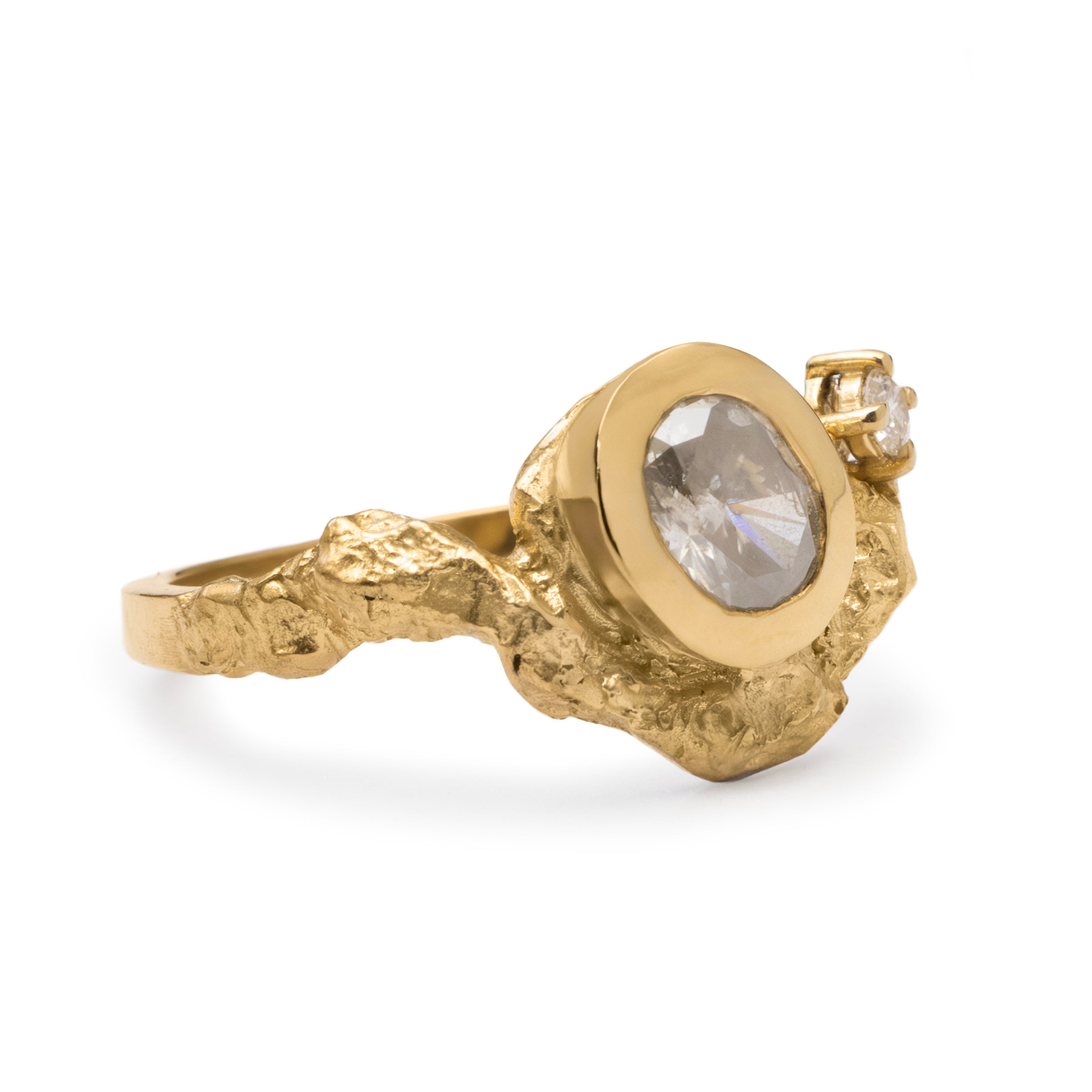MEET YOUR MINERALS
Diamonds have been treasured for aeons. In the first century AD, the Roman naturalist Pliny stated:
“Diamond is the most valuable, not only of precious stones, but of all things in this world.”
Scroll down to learn more about the world's hardest precious gemstone.
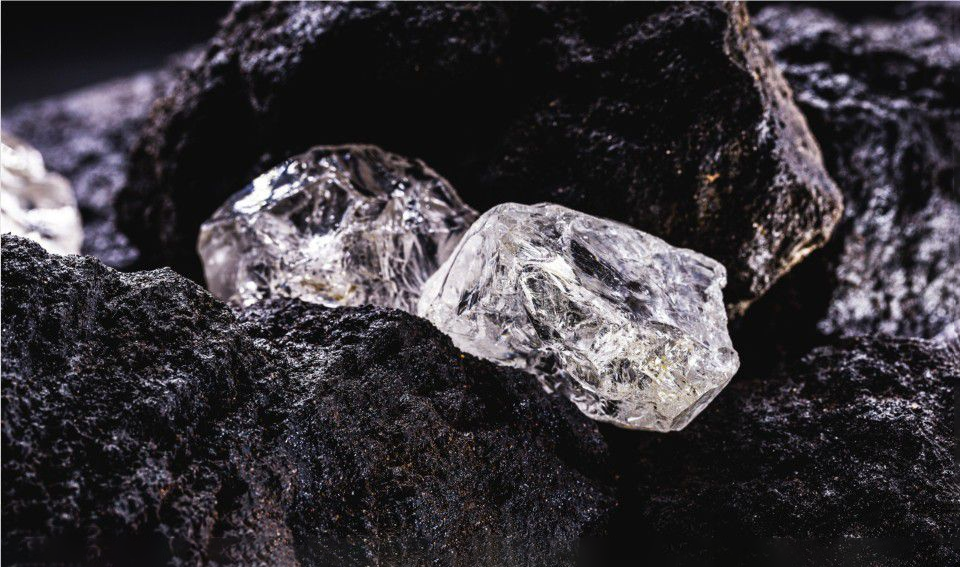
DIAMOND
Mineral: Diamond
Birthstone: April
Moh’s Hardness: 10
HISTORY
In mythology, pure and colourless stones with exceptional brilliance such as the diamond were naturally brought into connection with the moon; and it was understood that all gems associated with the moon partook of its enigmatic character; protecting the wearer from demons and and malevolent spirits by illuminating the witching hour of the night.
Although diamonds have been beloved as talismans and amulets for centuries, historically it was coloured gemstones such as sapphires, emeralds and rubies that were the fashionable choice for wedding and engagement jewellery, with diamonds only featuring as small accents rather than large centre stones.
These days, it is commonly known that in the 1940's the De Beers Group created the marketing campaign that turned the diamond into the most popular choice of gemstone for engagement and wedding jewellery. Prior to this, sales of diamonds were actually in decline!
Shortly after the success of this campaign, the globally accepted standard for describing diamonds, known as the 4Cs, was created by the Gemological Institute of America (GIA). A diamond’s cut, clarity, carat weight and colour profoundly impact a diamond’s overall aesthetics and cost.
WHITE AND COLOURED DIAMONDS
For diamonds in the normal range, value is based on the absence of colour - but the mineral has been found in a wide range of natural colours. Brown and Yellow fancy coloured diamonds are the most common, but natural diamonds in shades of Blue, Green, Purple and Orange also exist.
In fact, whilst diamond as a mineral is not actually as rare as the De Beers Group marketing would have you believe, some fancy coloured diamonds—such as the Pink diamonds from the famous Argyle mine in Western Australia—are genuinely rare. Producing over 90% of the world's Pink diamonds, the mine closed in November 2020 when the supply had been exhausted.
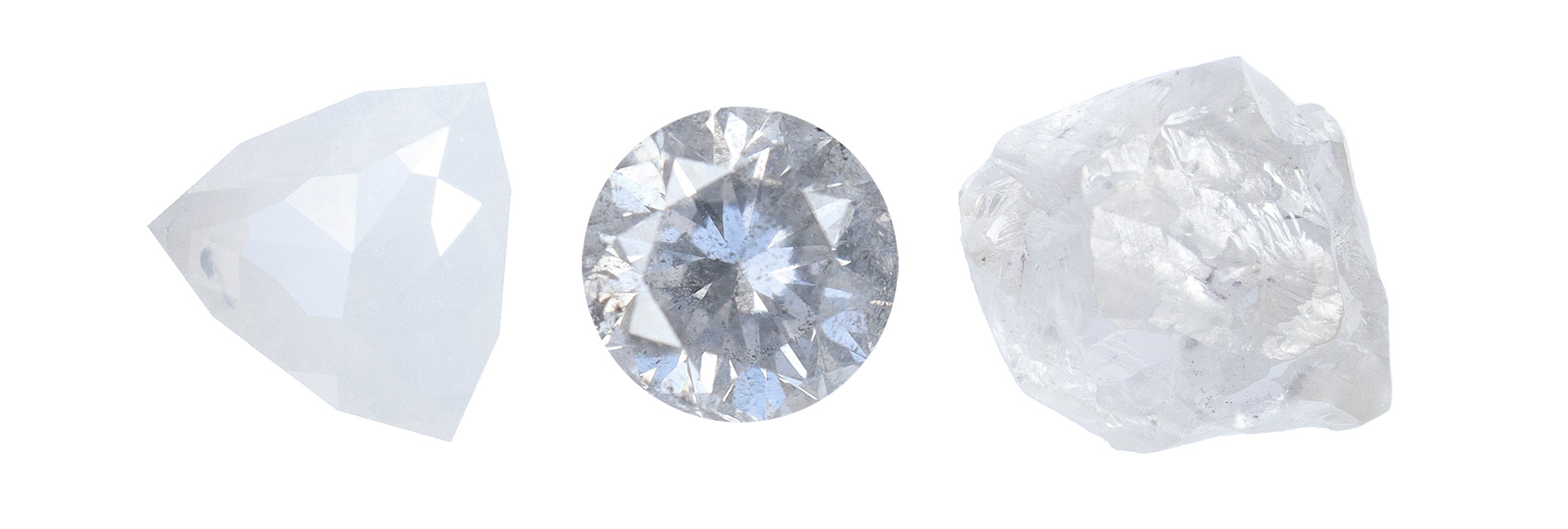
NON-TRADITIONAL DIAMONDS
In the last 25 years, a new genre of fancy diamonds have begun to rise in popularity.
With a brazen disregard for the invented rules of diamond desirability originally created by De Beers and then clarified by the GIA, a new generation of consumers are in control of the market by seeking out a more unconventional approach to wedding and engagement jewellery. As a result, the affordability of these fancy diamonds still remains attainable.
Fancy Grey diamonds contain a high level of hydrogen as an "impurity" element, which is what is believed to cause their colour.
Fancy White diamonds also exist - they can be identified by their milky white colour and sometimes display beautiful opalescent flashes of colour.

BLACK DIAMONDS
For Black diamonds, however, it is not colour but clarity that most impacts the appearance of these varieties. Another of the 4Cs, clarity refers to the inclusions inside and blemishes outside of a diamond.
As a diamond forms, the crystal will likely be exposed to carbon, graphite, nitrogen and other minerals that can accumulate to create inclusions. Most natural Black diamonds get their appearance from large quantities or clouds of mineral that extend throughout the stone, and that may or may not be visible to the naked eye.
In order to enhance a natural Black diamond's overall appearance, they may be heat-treated. Treated Black diamonds typically are completely opaque, with a high lustre that gives the stones an almost metallic appearance. Whilst a common and acceptable gemological practice, heat treatment should always be disclosed.

SALT & PEPPER DIAMONDS
Stones with more translucency than Black diamonds that are still heavily included have come to be known as Salt & Pepper diamonds. Where an ideal, colourless diamond is the same as every other ideal, colourless diamond; the cacophony of black, white, brown, and sometimes even coloured inclusions makes each Salt & Pepper diamond truly unique.
Salt & Pepper diamonds can be very translucent with only slightly visible pepper inclusions, semi-translucent or even opaque, milky or opalescent in tone. As such, salt and pepper diamonds are mercurial, enigmatic, and utterly bewitching.
Although their inclusions do inherently make Black and Salt & Pepper diamonds more brittle than an unincluded gemstone, their excellent hardness still make them an exceptional choice for wedding and engagement jewellery, and are a favourite choice of mine.
WHY CHOOSE DIAMONDS
In spite our collective knowledge of the dubious marketing and mining practices that have shrouded diamonds with much mistrust over the years, this stone continues to captivate and delight jewellery lovers. When cut with precision, white and fancy coloured diamonds refract the light and sparkle (known as scintillation) in a truly enchanting way.
As the hardest substance on earth, and the only gemstone to have a Moh's Hardness Scale score of 10, the diamond really is one of the very best gemstones for wedding and engagement ring jewellery. Where softer minerals can be easily scratched and become ‘tired looking’ through everyday wear, diamonds excel.
For longevity, there is no better choice.




